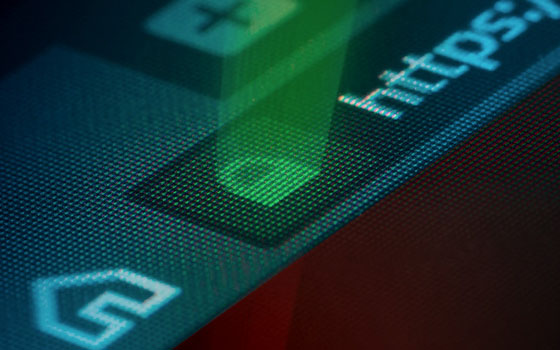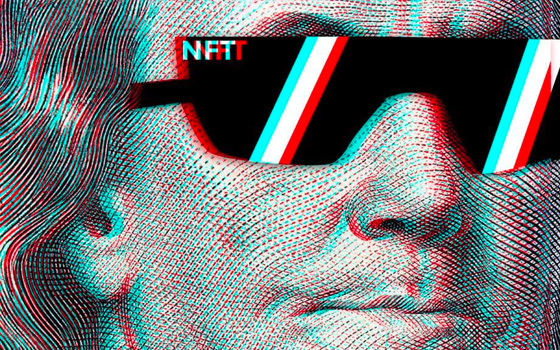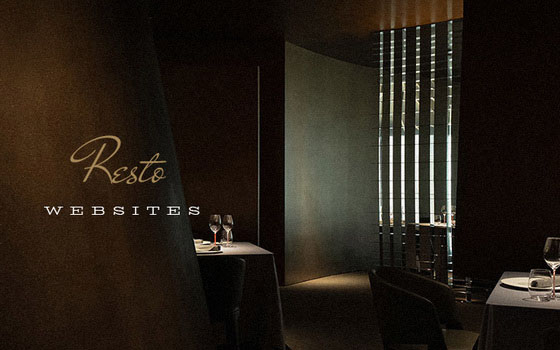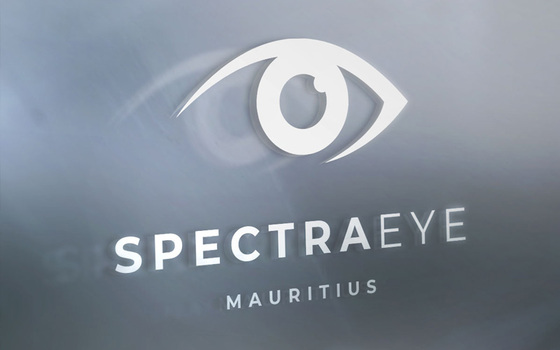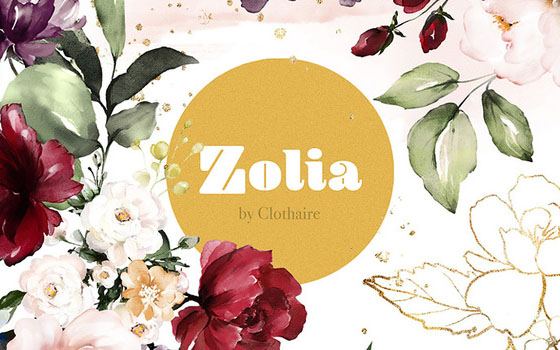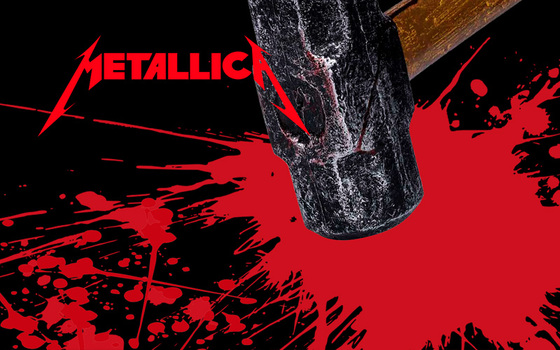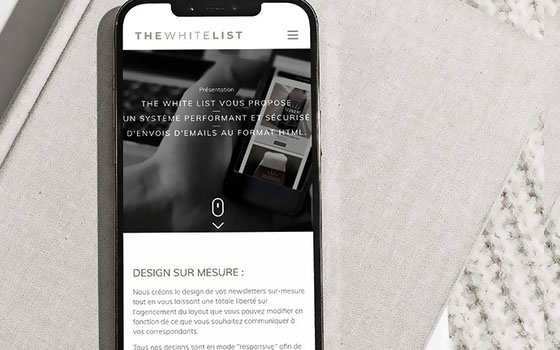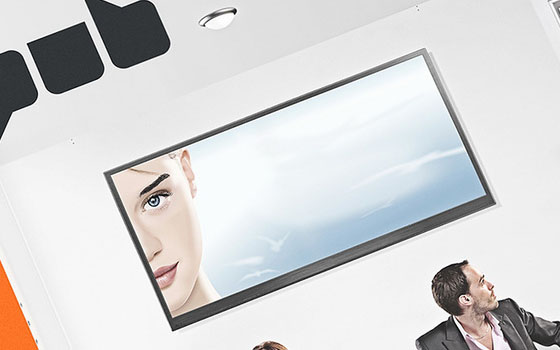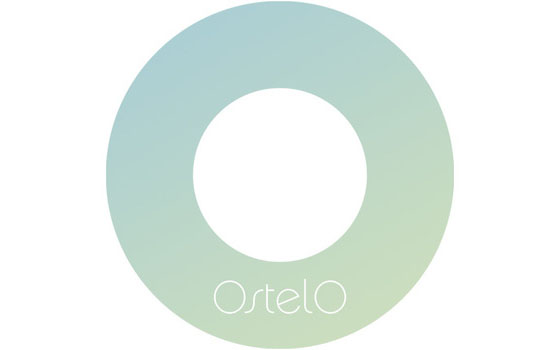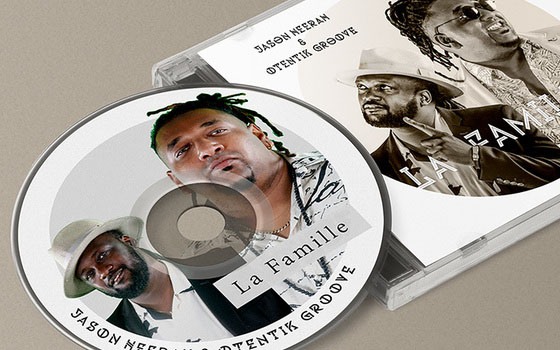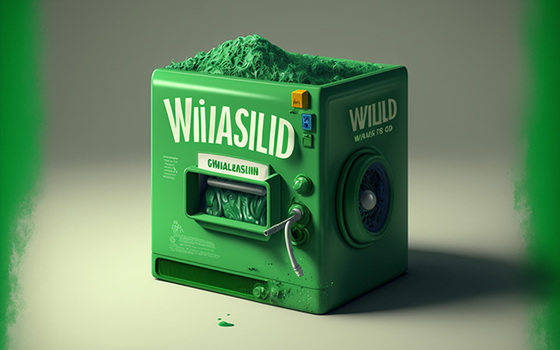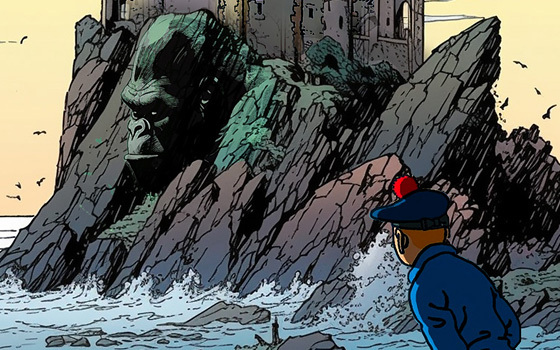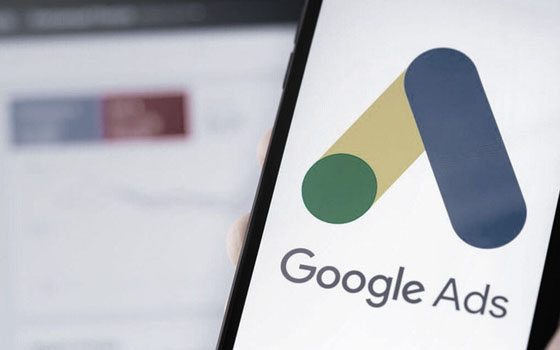Thinking inside the box
The “Starter Pack” visual is everywhere.
It’s like we’re all one Canva template away from launching an ironic T-shirt line in Comic Sans.
Originally, it was funny. A collage of sharp clichés:
“The Parisian-on-a-terrace Starter Pack,” “The Guy Who Says ‘I’m a Sapiosexual’ Starter Pack,” “The Freelancer Who Never Replies to Emails Starter Pack.” Biting, clever, a little mean — which made it delicious.
But like everything else on the Internet, the moment brands got their hands on it, the fun died faster than your cousin’s NFT portfolio.
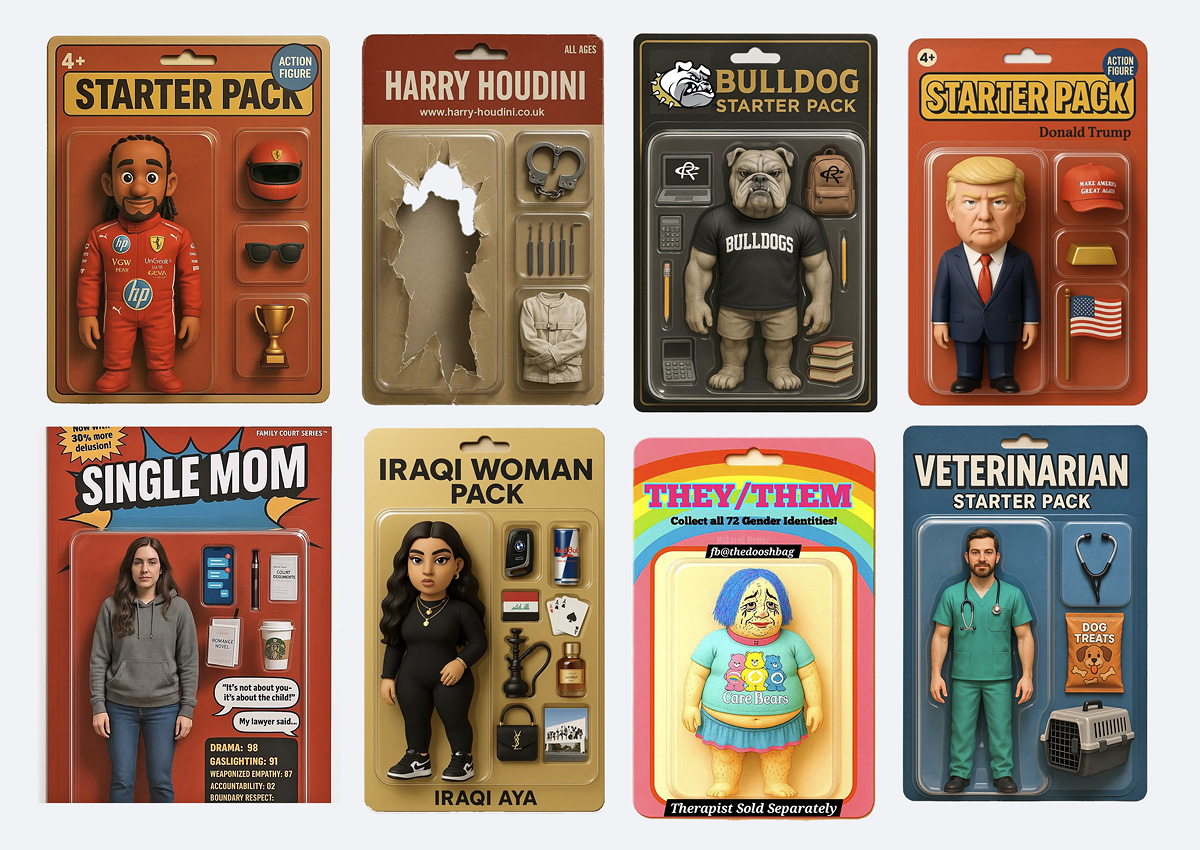
The “Starter Pack”: That awkward moment when everyone thinks they're a creative genius.
And then… brands and agencies joined the party.
Naturally, our beloved Mauritian agencies and startups had an epiphany. Or rather: they saw what was trending elsewhere. And let’s face it — here, innovation often starts with: “Hey, we saw this thing in Dubai/Paris/Instagram/that other agency…”
Boom! A tidal wave of local “Starter Packs,” each one more lukewarm than the last.
“Developer Starter Pack” (with an ‘I ❤️ Java’ mug and a broken office chair),
“Commercial Executive Starter Pack” (posted by agencies that have never felt so creative),
“Whatever Brand Starter Pack” (a character, their product, an accessoirie to their product, a background image related to their product).
And the cherry on top? Everyone acts like it’s super original.
Creative like a Canva filter.
What’s actually hilarious — or depressingly hilarious — is how these posts are hailed as proof of “creativity.” They’re not. They’re just: A tired format - A vague idea - A blurry AI image - A LinkedIn caption - And a prayer to the algorithm gods.
It’s like watching a group of school kids on a field trip to the Global Trends Museum. They all wear the same hi-vis vest, follow the same dotted line, and stare in awe at the same toilet-door sticker.
The illusion of "We're in the trend too!"
The best part? These visual masterpieces are supposed to showcase the agency’s creativity. That’s right. “Look how edgy we are — by doing exactly what everyone else did six months ago!”
It’s not marketing anymore. It’s historical reenactment of 2023 TikTok, performed by people still wearing skinny jeans. A costume party for relevance. And of course, every post ends with: “What would YOU put in this Starter Pack?” Spoiler: A personality. Maybe.

The local Starter Pack is like stale bread. They toss it in the LinkedIn toaster and hope someone bites without cracking a tooth. And in this great choir of “Me too! Me too!”, all we hear is the distant scream of creativity, turning in its grave.
And while we’re at it… let’s talk about the invisible elephant in the (server) room.
Behind the magic of AI-generated trends and sleek visuals lies a truth we conveniently ignore: the environmental cost of all this tech wizardry. According to the International Energy Agency, global electricity demand for data centers - turbocharged by AI - is expected to more than double by 2030.
This isn’t about rejecting everything outright, but maybe, just maybe, we should start including environmental impact literacy as part of our creative toolbox.
Yes, AI is an incredible tool. But let’s not pretend it runs on unicorn dust. It’s powered by massive infrastructure, huge energy bills, and a growing carbon footprint.
So maybe before your next “Starter Pack” goes live, ask yourself: is the joke worth the juice?
It’s up to all of us — citizens, engineers, creatives, decision-makers — to steer tech toward something a bit more… responsible.


